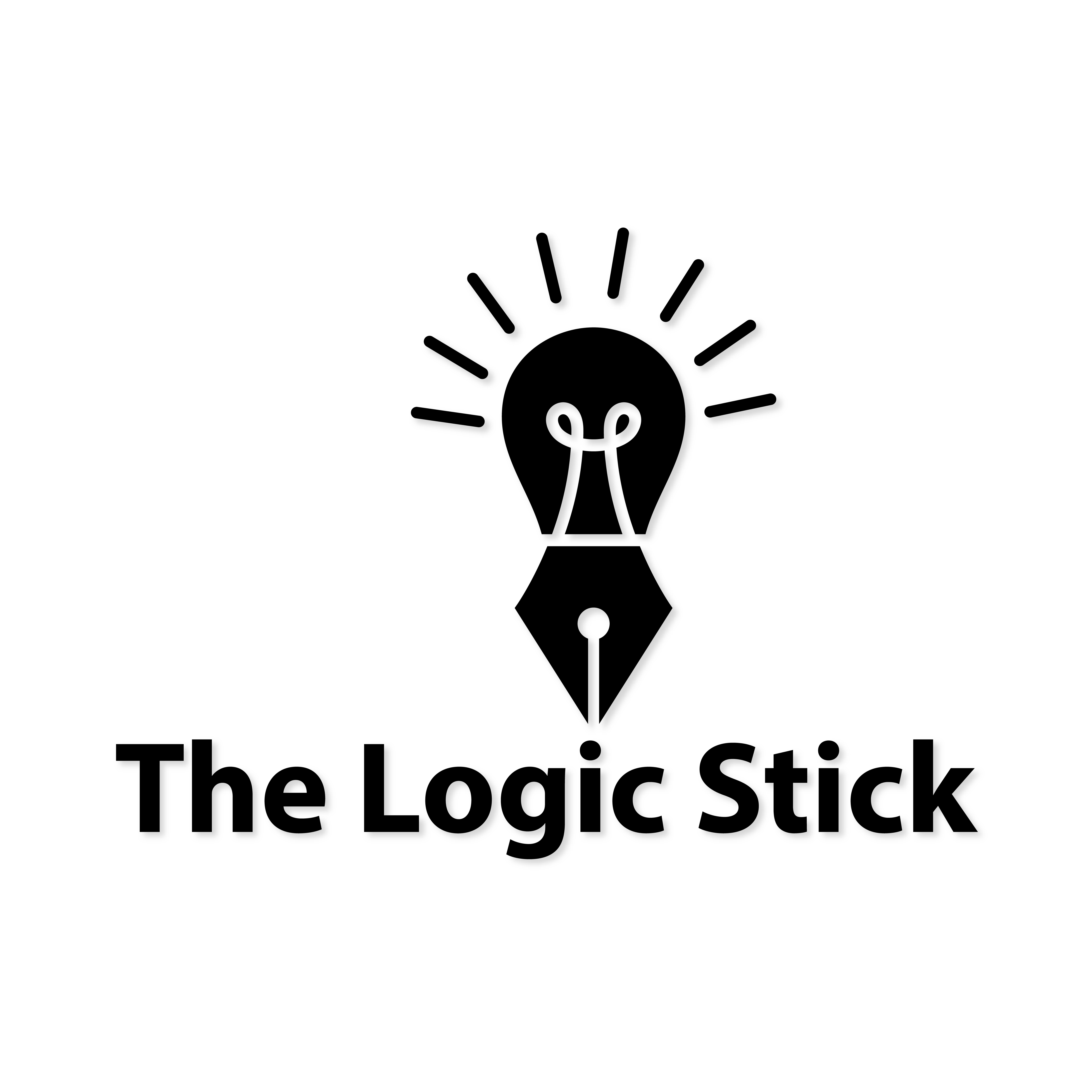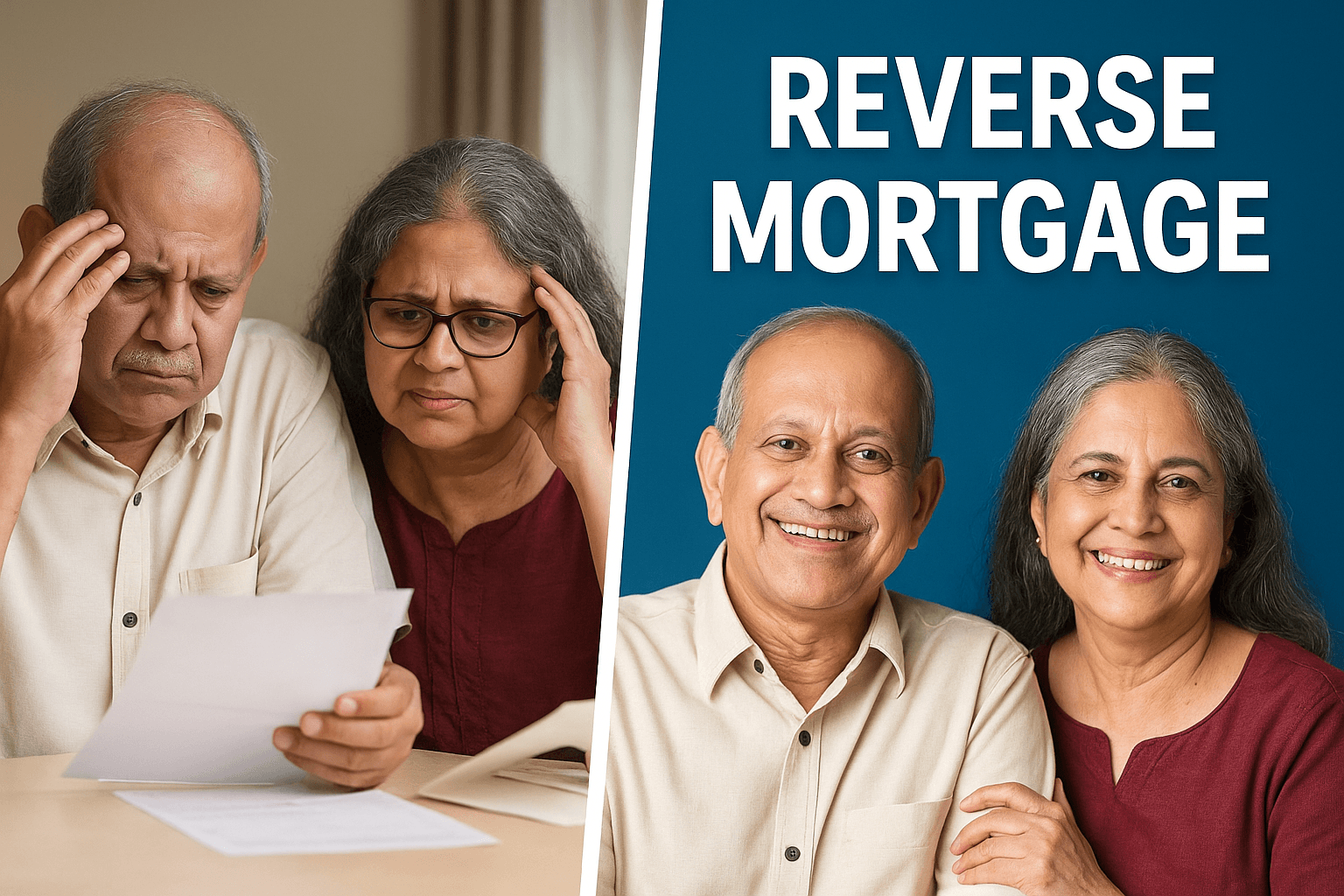Introduction
Can you really earn ₹1.5 lakh per month after the age of 60 even without any pension, savings, or investments — solely by using the house you live in as an asset?
There is a viral statement circulating online claiming that if a senior citizen owns a home worth around ₹4 crore, they can receive ₹1.5 lakh monthly for 20 years under the government-backed Reverse Mortgage Scheme in India, without having to leave or sell their home.
This article is a detailed fact-check, breaking down how the reverse mortgage scheme works, what the RBI rules say, which banks offer reverse mortgage loans, and whether the claim about earning ₹1.5 lakh monthly is realistic or exaggerated.
What is the Reverse Mortgage Scheme in India?
The Reverse Mortgage Scheme is a government-approved financial product, introduced in 2007 and regulated by RBI (Reserve Bank of India). It is designed for senior citizens who own a house but lack regular income or pension.
In a reverse mortgage:
- A senior citizen mortgages their residential property to a bank
- The bank pays them monthly, quarterly, annual or lump-sum payouts
- No EMI is required during their lifetime
- They can continue living in the house till death
- After death, legal heirs can repay the loan + interest and get the house back, or choose to sell the house and pay off the loan
This makes reverse mortgage extremely useful for people who are “house rich but cash poor.”
Fact-Check: Can You Really Get ₹1.5 Lakh per Month?
The viral message mentions that if someone owns a house worth ₹4 crore, the bank will lend 40% of the property value (₹1.6 crore) and pay ₹1.5 lakh monthly for 20 years.
Is this realistic?
Yes, it is possible — but the actual payout amount depends on several factors:
| Parameter | Basis |
|---|---|
| Property Value | Market valuation report |
| Age of Borrower | Higher age = higher payout |
| % of loan sanctioned | 40-60% depending on bank |
| Interest rate | Avg. 8-11% |
| Tenure | Up to 20 years |
| Property type | Self-occupied residential only |
For a ₹4 crore home:
- Reverse Mortgage Loan Value: approx ₹1.4–₹1.8 crore
- Expected Monthly Payout Range: ₹80,000 to ₹1.5 lakh
Also read – Incredible India’s Manufacturing Era Begins: How we are making a difference
Therefore, ₹1.5 lakh per month payout is possible, but only if:
- Property valuation is high
- The borrower opts for maximum loan sanction
- The bank’s payout structure supports higher disbursal
Conclusion of Fact-Check
✔ The statement is mostly true
✔ The Reverse Mortgage Scheme is legal, safe and RBI regulated
✔ Monthly payout up to ₹1.5 lakh is possible under ideal circumstances
✘ Not every senior citizen will receive ₹1.5 lakh — depends on property valuation & bank terms
How Does Reverse Mortgage Work? — Step-by-Step Process
- Senior citizen (60+) applies to a bank for a reverse mortgage loan
- Property valuation is conducted by the bank
- Bank sanctions 40–60% of the property’s market value
- Borrower chooses payout option (monthly most common)
- Borrower stays in the home without paying EMI
- After 20 years, payouts stop but right to stay continues until death
- After borrower & spouse death:
- Heirs can repay loan & retain house
- OR bank sells property, deducts dues, gives balance to heirs
This process ensures financial security without losing ownership while alive.
Key Eligibility Requirements
| Requirement | Details |
|---|---|
| Minimum Age | 60 years (55+ for spouse if joint) |
| Ownership | Self-acquired or legally inherited property |
| Occupancy | Must be primary residence |
| Loan Type | Non-repayable until death |
| Property Life | Minimum remaining life 20+ years |
Which Banks in India Offer Reverse Mortgage Schemes?
Several leading banks and NBFCs currently offer reverse mortgage schemes in India:
| Bank / Institution | Product Name |
|---|---|
| SBI | SBI Reverse Mortgage Loan |
| PNB | Reverse Mortgage Scheme |
| Bank of Baroda | Baroda Ashray Reverse Mortgage |
| HDFC | RML |
| LIC Housing Finance | Reverse Mortgage Loan |
| Indian Bank & Canara Bank | Senior Citizen Mortgage schemes |
Monthly Payout Example (Real-World Approx Model)
If Home Value = ₹4 Crore
| Factor | Value |
|---|---|
| Loan value (40%) | ₹1.6 crore |
| Monthly payout | ₹1.25–₹1.5 lakh |
| Tenure | 20 years |
| Interest accumulation | Approx ₹8–11% per year |
| House stays with owner | Lifetime |
If Home Value = ₹1.5 Crore
Loan value (40%) | ₹60 lakh
Monthly payout | ₹30,000–₹45,000
Thus payout scale varies based on valuation.
Legal & Regulatory Protection for Senior Citizens
Reverse mortgage loans in India are governed by:
- RBI Master Circular on Reverse Mortgage
- Senior Citizens Welfare Fund, 2015
- SARFAESI Act exemptions
- NHB (National Housing Bank) guidelines
Legal Protections
✔ Bank cannot force sale of property while borrower/spouse is alive
✔ Borrower retains full residential rights
✔ Heirs have first right to recover property after loan repayment
This ensures complete security for senior citizens.
What Happens After Borrower’s Death?
Heirs have two choices:
- Repay the loan + interest and retain property
- Allow bank to sell the property, repay dues, and keep remaining sale proceeds
Example:
If house value becomes ₹8 crore in 20 years
Loan + interest grows to ₹4 crore
Family still gets ₹4 crore profit
Thus, reverse mortgage does not destroy inheritance.
Advantages of Reverse Mortgage Scheme India
| Benefit | Description |
|---|---|
| No EMI | Senior citizens receive money instead of paying |
| Live peacefully at home | Zero displacement risk |
| Stable monthly income | Pension alternative |
| Tax free payouts | Under current tax rules |
| Support during medical/retirement expenses | Reduces dependency |
Disadvantages / Risks
| Concern | Details |
|---|---|
| Emotional resistance from family | Children may disagree |
| Interest accumulation | Final repayment amount increases |
| Based on property valuation | Payout lower if market rates drop |
Who Should Consider Reverse Mortgage?

Ideal for:
- Retired parents with no pension
- People living alone without support
- Senior citizens owning high-value property but low cash flow
- Families avoiding property disputes
Reverse Mortgage vs Selling or Renting
| Option | Pros | Cons |
|---|---|---|
| Sell Property | Large lump sum | Must relocate |
| Rent Property | Regular income | Must move & maintain |
| Reverse Mortgage | Stay home + income + inheritance possible | Loan interest |
Reverse mortgage blends income + stability + security.
Why Reverse Mortgage Awareness Is Low in India
- Cultural mindset: Parents leave property for children
- Lack of awareness and financial education
- Fear of losing home
- Family pressure
Yet globally (US, Canada, Australia), reverse mortgage is common.
Final Verdict — Is Reverse Mortgage a Good Option in India?
The fact-check reveals that reverse mortgage is a legitimate, safe, government-regulated solution to solve financial stress during retirement.
The claim that a senior citizen can earn up to ₹1.5 lakh per month is factually correct in high-valuation property cases (such as owning a home worth ₹4 crore+ in major cities like Mumbai, Delhi, Bengaluru, Pune, Hyderabad, Gurgaon, etc.)
Reverse Mortgage Scheme India is a powerful financial tool for:
- People with no pension
- Elderly without cash income
- Families wanting to preserve home ownership
As India’s senior population grows, reverse mortgage could become a crucial retirement solution.
Call to Action
If you or your parents own a house but struggle financially after retirement:
Explore the Reverse Mortgage Scheme India
It could transform retirement life with dignity and independence.
If you want a comparison guide of banks offering reverse mortgage and how to apply step-by-step, comment “Reverse Mortgage Guide” below






